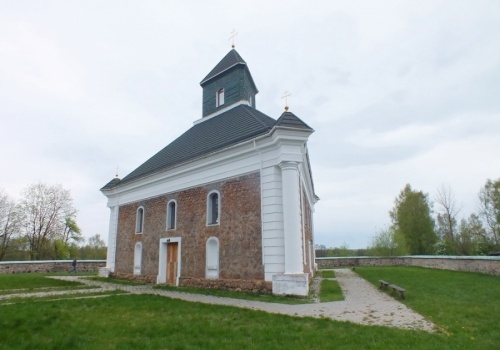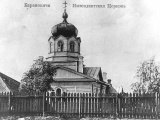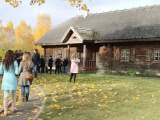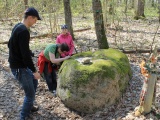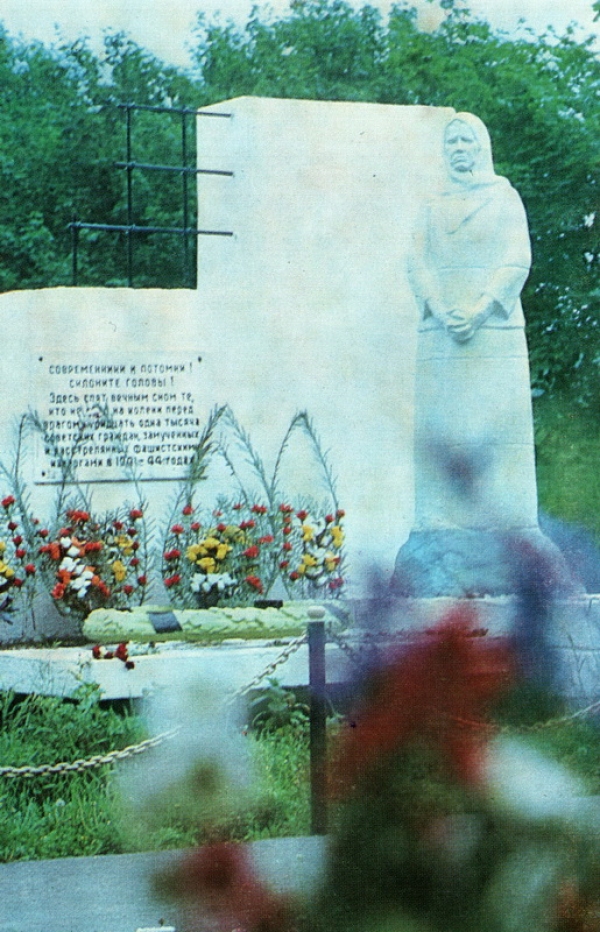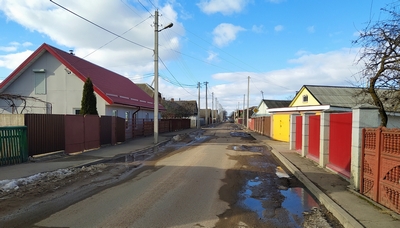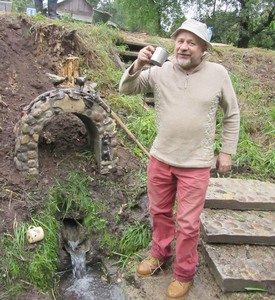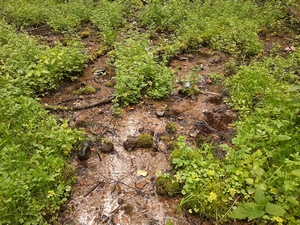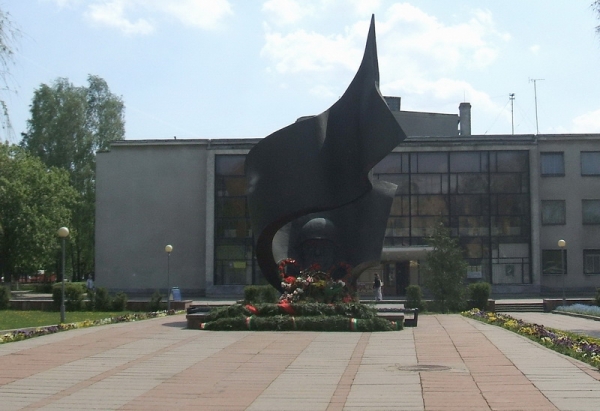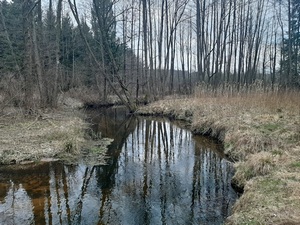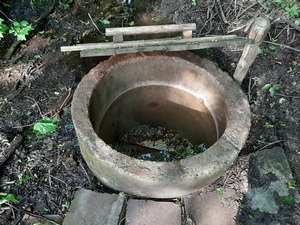Yastrembel (Yastrebel) palace-and-park ensemble
Yastrembel (Yastrebel) park is a regular landscape park of ecclectic type. It is situated within the limits of the village of Yastrebel.The settlement was known from 1507 as the possession of Pyotr Dorogostaisky, and from 1567 as the property of Andrey Podarewsky. The premises, besides domestic buildings belonging to the landlord and the peasants, also included: “one coaching inn, two taverns, a water-mill on the Shchara River consisting of 3 pairs of mill-stones...”.
According to archival documents, in 1663, Mikhail Ivan Rdultowsky becomes the owner of the estate. In 1768, the estate is passed from Anthony Rdultowsky on to his sons Joachim and Chryzosto, and later to Chryzostom’s son Kazimir, marshal of nobility in Novogrudok and Knight of Malta.
On May 3d, 1851, under the bill of sale, the estate passes into the hands of Michael Kotlubai, bookkeeper of the Radziwill committee. In 1864, the estate went to Michael’s son Heinrich Anthony Victor (born 1829), a retired lieutenant. Heinrich finished a gymnasium in Moscow and went to the Medico-surgical academy. Immediately after graduation from the academy, Heinrich Kotlubai took part in the Russian-Turkish war of 1877-1878 as a veterinary surgeon. Later in Warsaw, he got a degree of Master of Veterinary Science. In 1897, Heinrich Kotlubai becomes senior veterinarian of Warsaw province and in 1902, veterinary inspector of Warsaw province. He died on June 24th, 1911 in Warsaw.
After Heinrich Kotlubai’s death, his wife Isabella and her sons became the owners of the estate. From 1911, the estate belonged on equal terms to Edward and Michael Kotlubai. Edward Kotlubai was born in Vilno in 1822. He finished a gymansium and then in 1842 graduated from the Engineering Academy in St. Petersburg. He worked as a military engineer in Kiev. In 1844, he retired and settled in the country, studying history. During the national-liberation movement of 1861-8163, Edward Kotlubai rendered assistance to the rebel troops. Because of this, after the uprising was surpressed, the second estate Kurilishki, belonging to the Kotlubai family and situated in Tronsky district, was confiscated from them. Edward had to return to his job of an engineer. For many years he worked in Russia building railways. He took part in the construction of Putilov railway in St. Petersburg. Edward Kotlubai died of tuberculosis in St. Petersberg in the winter of 1879 and was buried in Vilno. He bequethed much of his work to be given after his death to Krakow Academy.
The last owner of the estate was Sigismund Kotlubai (1885- 1949), a graduate of Jagiellonian University, who died in Baranovich prison in 1949.
The park ensemble was laid in the 19th century. The park area is 6 hectares. At present it is declared a local natural monument.
The park complex centers on a 2-storeyed homestead of elaborate three-dimensional composition which stands inside the park. The main grand entrance is shifted from the central axis of the building. The dominating vertical structure is a four-tire tower complete with a tent roof crowned with a weathercock on which there is the year when the house was erected – 1897. The main building is joined by lateral structures. The grand facade is accentuated by a flat projection with a balcony resting on 2 pillars; there is a ramp with a balustrade. Now the building is laid-up.
There also used to be 2 officines (each consisting of 12 rooms), a tomb-chapel (the foundations near a modern apartment block in the north-eastern end of the park have survivied), a distillery (now there is a manufacturing workshop).
The estate-and-park complex is surrounded by residential and industrial buildings and is subjected to a strong anthropogenic impact. There have been built 2 multistoried buildings of a boarding school on the park premises; the tomb-chapel and the stable have been destroyed. There is also a large artificial reservoir which has a rectangular shape and used to be connected to the Myshanka River by a canal. Now the water system of the estate has been disrupted.
The entrance alley is elongated and wide (up to 10 m) and is strongly pronounced. It runs through the whole estate. The western part of the park has been redesigned in a regular style where limes, horse chesnuts and red oaks have been used in line planting.
The tree groups of the park are mainly local species including maples, birch trees and small-leaved limes. The number of exotics is small where such species as Weymouth pine, European larch, the red oak and Manchurian walnut prevail.
Geographic coordinates: N 53° 01' 52,76" E 25° 57' 29,76"
Foto: Татьяны ГРИНКЕВИЧ, Владимира ЗУЕВА, Андрея ПОНОМАРЕВА


